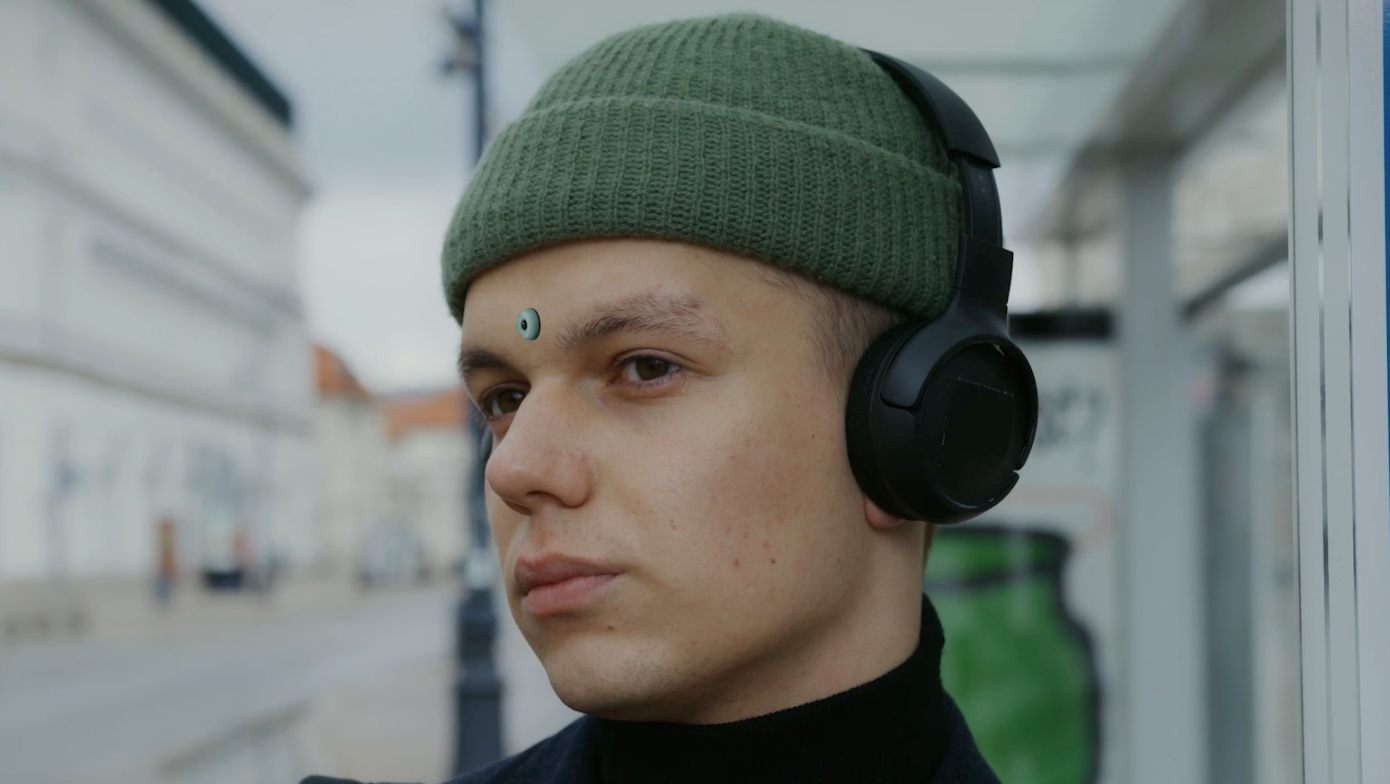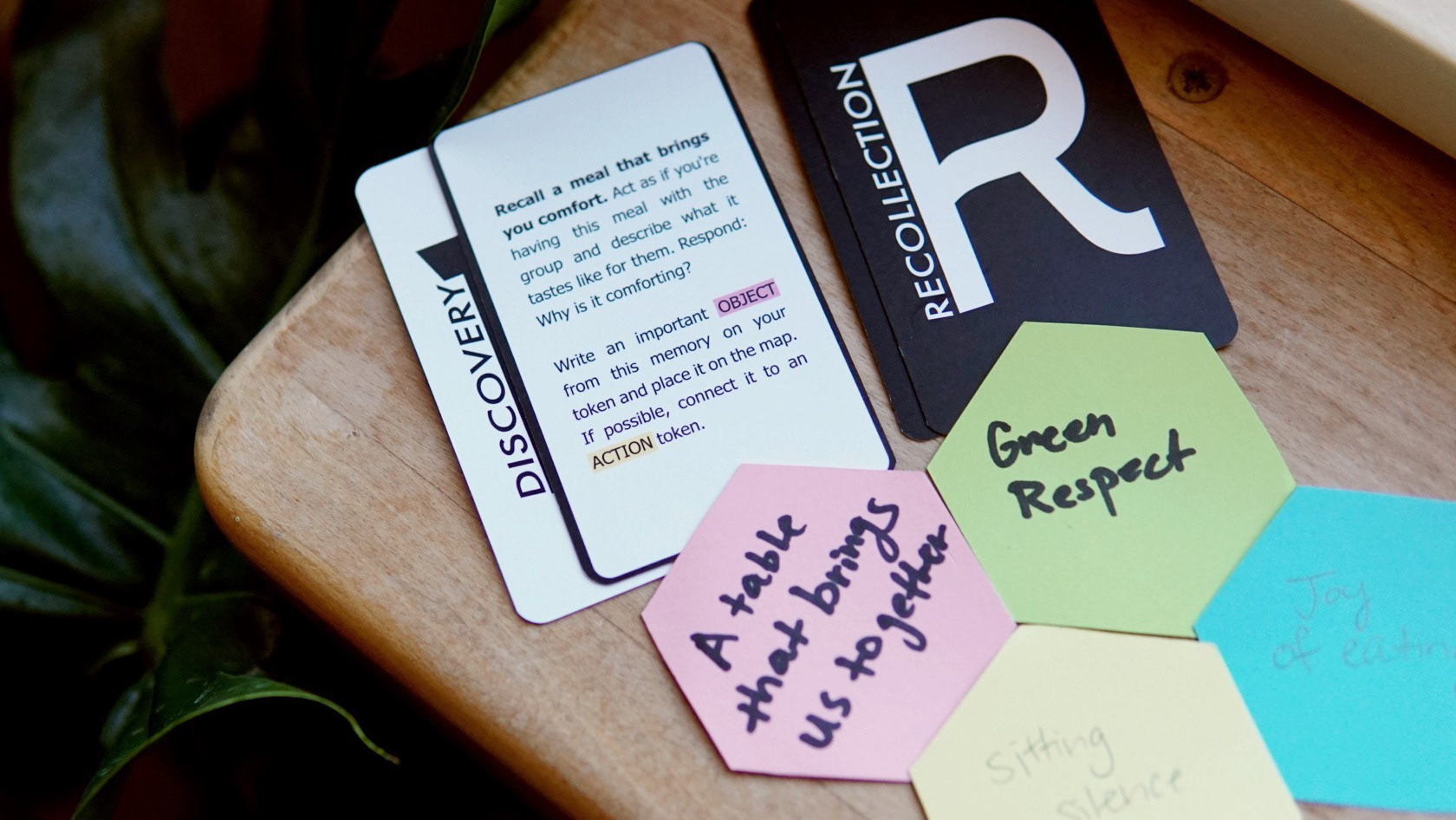Fostering faculty collaboration in social emotional learning (SEL).
I led an independent research project that investigated how participatory design methods could support teachers in implementing SEL programs at their schools. It was conducted under Prague City University in collaboration with University of the Arts London, Design School.
Primary Research
Method: Semi-structured online interviews for up to an hour
Participants: A total of seven faculty and staff from three independent K-12 private schools in the US, each located in a different region of the country
To help encourage storytelling from participants of their lived experiences, we provided three activities on Miro:
1. Association Activity. Participants were provided with a collection of artwork images and instructed to select one that best represented each of two conditions: the current state of SEL at their school and their ideal SEL situation.
2. Stakeholder Mapping. Participants received a set of tokens representing various school stakeholders, including staff, parents, and coaches. They were asked to position these tokens on a map featuring three concentric circles labeled with varying levels of engagement: low, medium, and high.
3. Card Sorting. Participants were presented with a deck of cards featuring various positive values. The task was to select three cards that represented the driving forces behind their relationships with other adults in their school community.
Thematic Analysis
The data was categorized into the following groups: SEL teaching time, shared practices among school stakeholders, and variations in teachers' comfort levels when teaching SEL. The two most common obstacles in SEL implementation were lack of time and cohesion in school approach.
Prototype
Our final prototype was a journal zine with activities for teachers. We decided on the zine format to make it easier for teachers to access the prototype and print it on their own. The journal features three self-guided activities:
1. Self-Reflection. The journal's opening page prompts teachers to choose a positive value like community or joy. They reflect on a personal memory as a student that embodies this value and record an idea in the journal. Teachers are also asked to collect memories from fellow faculty and staff members using the same prompt for journal entries.
2. Connection to the Classroom. Teachers are then prompted to link the chosen value to their core curriculum or subject. They are again encouraged to record personal memories and collaborate with colleagues from their department to gather more insights.
3. Collaboration with Colleagues. Building upon the outcomes of the other two activities, teachers co-create classroom designs with colleagues. They record achievements and how they can share their new knowledge with the rest of the school.
Usability Testing
Four teachers participated in our testing, half of whom had previously been involved in the interviews. We provided them with a kit containing a printable journal zine template and accompanying materials. To gather feedback, we administered online surveys and requested for participants to share photos of their journal pages.
Feedback showed that teachers wanted modifications to the journal—such as a larger size and a digital format—despite the relative ease of completing the activities. Currently, we are in the process of iterating on this prototype to include multimodal versions and conducting further testing at design and education conferences.
“The journal meets teachers where they are and allows reflection on how to improve SEL in their classroom in a personalized manner.”
— Participant & Teacher
__________________________




